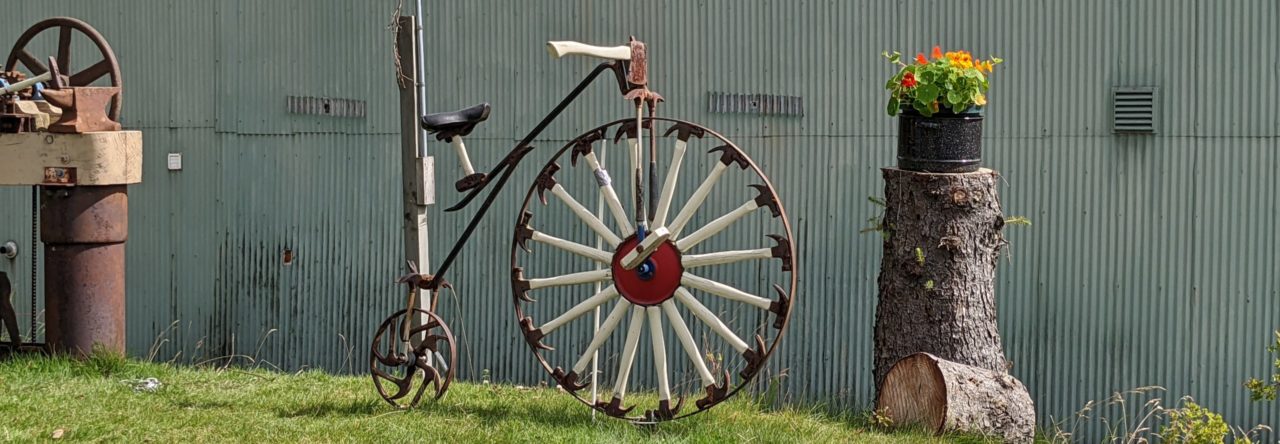Where were you Tuesday afternoon shortly before 2pm? I was standing in the lobby of a building on the National Institute of Health Campus waiting to get my ID Badge. I was about to get into an elevator and head to the badge office. However, when the ground began to shake I was standing in the lobby.
I was confused at first. At first, it felt like a very large truck or a subway train passing by. Then I felt the floor shake back and forth. I had never felt that before and I knew something was up. As I stood in the hallway with two co-workers, one suggested we head outside so we did. ((Clearly us East Coasters have no idea what to do in the event of an earthquake.))
Once outside and away from the building, we heard the fire alarms going off inside the building we had just left and others nearby. There was no more shaking. I felt safe and it was clear we weren’t going back inside any time soon. So I turned to Twitter.
First of course, to add my voice to the chorus of tweets.
[blackbirdpie id=”106061817771593728″]
But more importantly to find out how big a quake it was.
I was surprised to find its epicenter was in Virginia. I was also surprised to see how far it had been felt. First, there was a flood of tweets from Richmond friends. Then people in North Carolina. Then even a tweet from Boston and a few New York City asking if what they just felt was an earthquake.
Wow. This was a bigger quake than I thought. It was also interesting to read today why East Coast earthquake are felt so far from their epicenter.
The last earthquake we had in Virginia was when I lived in Richmond. It was December 9, 2003 ((Happy Birthday Mom!)) when a 4.5 quake shook the Temple Building where I was sitting after having been up all night working on my advertising final project.
I remember being so sleepy I didn’t even realize the earth had shaken. I thought it was just me. I remember everyone else in class reaching for their cell phones and calling friends and parents. Meanwhile, I sat in my chair yawning and unable to comprehend the situation. Good thing I wasn’t in any danger.
Twitter was my first place for information. I don’t follow any news outlets except Bethesda Patch which is a hyper local news site in the Patch.com network which AOL runs.
The news and information I was receiving was coming in from friends and internet strangers who I trusted and followed. Their observations and retweets helped me comprehend what had happened, the scope of it and it was before any news outlet had put anything together.
Even 45 minutes later as I stood in the NIH Badge office awaiting my turn to get my information, photo and fingerprints taken the TV news was taking calls from locals to get their reaction and weren’t providing much information.
I was already well-informed. I checked out Facebook as well and shared what I knew and gained a bit more knowledge about the quake.
After I had checked Twitter, I texted my wife to make sure she was OK. Not that there was much of a chance of damage or danger, I wanted to be sure. My mother texted me shortly after that to confirm I was fine.
She had good sense not to try to call me. As soon as the quake hit, the phones were instantly flooded with calls from everyone else frantically trying to call their family and friends. Text and data seemed to be unobstructed while voice was nearly impossible to use.
Times really have changed when Twitter, SMS, Facebook and email are how I receive my information quickest and most accurately.
As we prepare for the Hurricane Irene, which by all indications is going to bring very high winds, many inches of rain and we could be without power for days, the news is talking about email and texting loved ones after the storm hits.
Twitter and the Internet have fundamentally changed how we communicate. While the storm to come is uncertain, it is good to know I can still receive reliable information from my hand-picked network of people located around the US and around the world.
